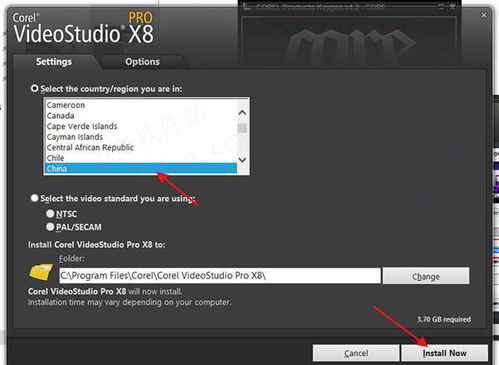来源:小编 更新:2024-09-29 09:17:53
用手机看
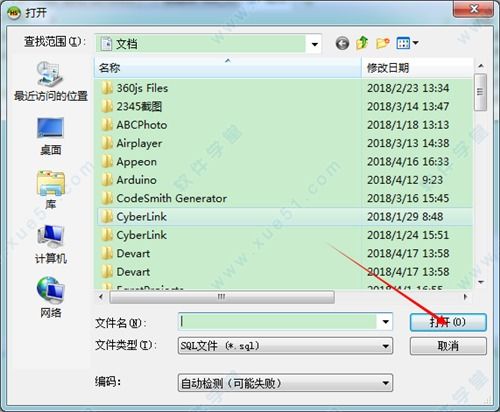
Are you a passionate aviation enthusiast looking to share your knowledge with the world? Creating a video tutorial on how to set up a flight simulator in Chinese can be a great way to reach a broader audience. In this article, we will guide you through the process of creating a comprehensive and informative video tutorial that is optimized for search engines. Let's dive in!
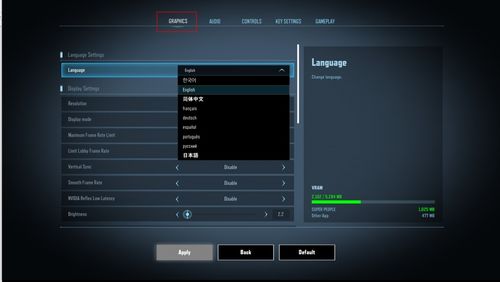
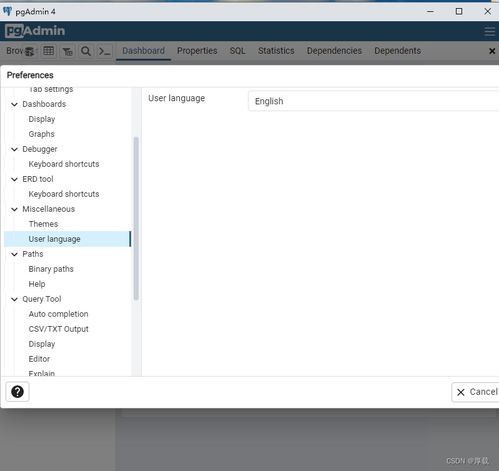
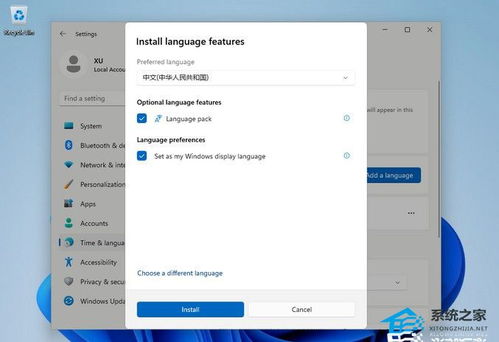
Before you start filming, it's crucial to plan your tutorial. Here are some key steps to consider:
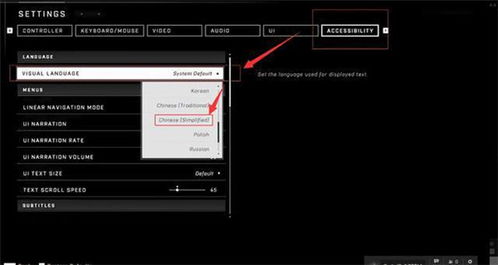
Identify who your tutorial is for. Are they beginners or advanced users? Knowing your audience will help you tailor the content to their level of expertise.
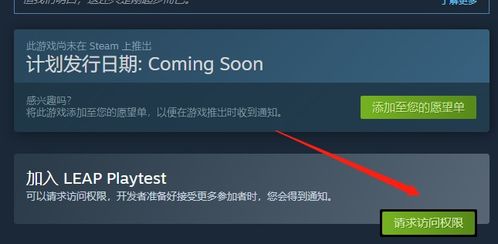
Create a detailed outline of the tutorial. This should include the main topics you will cover, such as installing the flight simulator, setting up controls, and configuring settings.
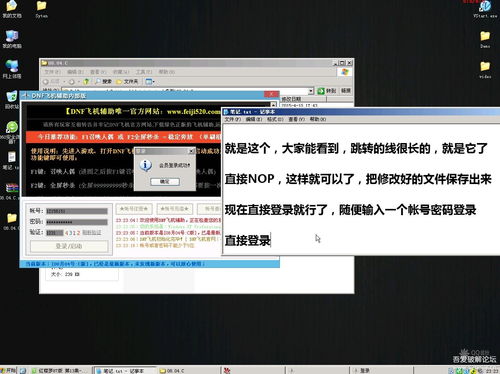
Choose the format that best suits your tutorial. Will it be a step-by-step guide, a demonstration, or a combination of both? Decide on the format that will make your tutorial the most engaging and informative.
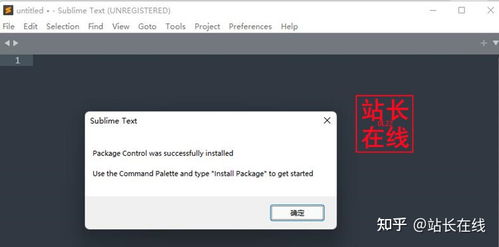
To create a high-quality video tutorial, you'll need the right equipment. Here's what you'll need:
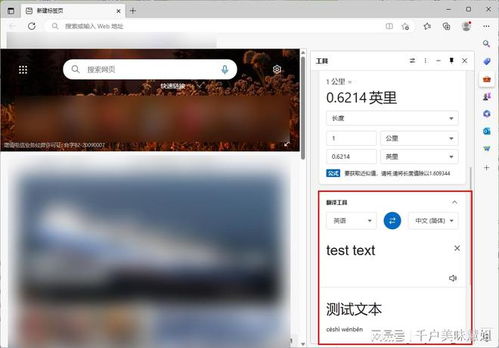
Use a high-definition camera to capture clear and detailed footage. A smartphone with a good camera can be sufficient for many tutorials.
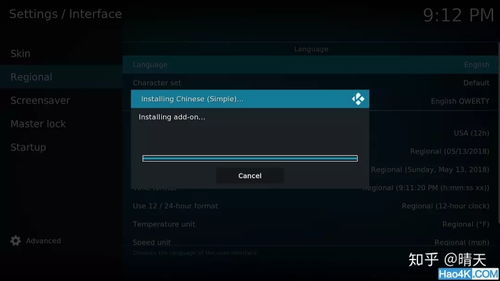
A good quality microphone is essential for clear audio. Consider using an external microphone for better sound quality.
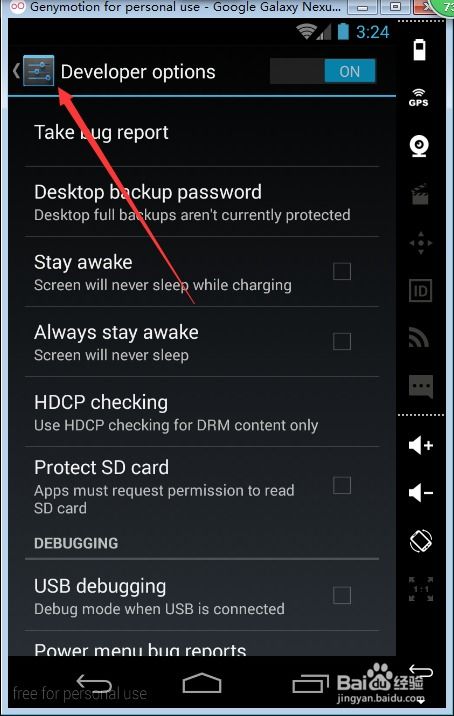
Choose an editing software that you are comfortable with. There are many free and paid options available, such as Adobe Premiere Pro, Final Cut Pro, or DaVinci Resolve.
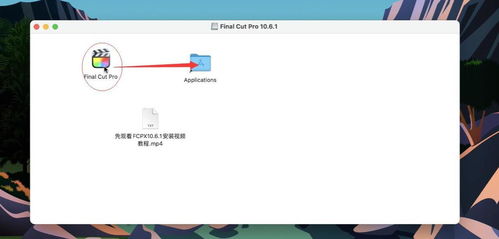
Writing a script will help you stay organized and ensure that you cover all the necessary topics. Here's how to create a script for your tutorial:
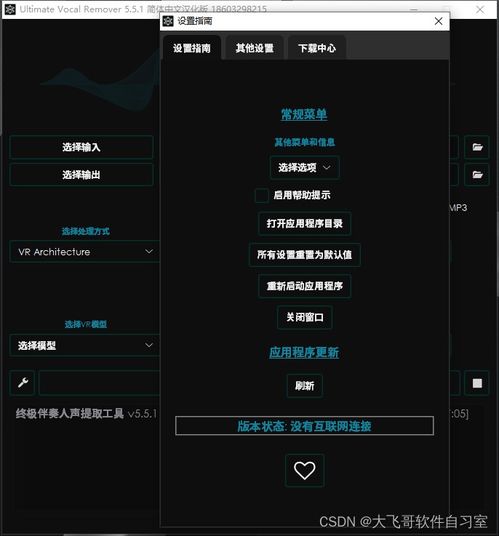
Begin with a brief introduction that outlines what the tutorial will cover and why it's important.
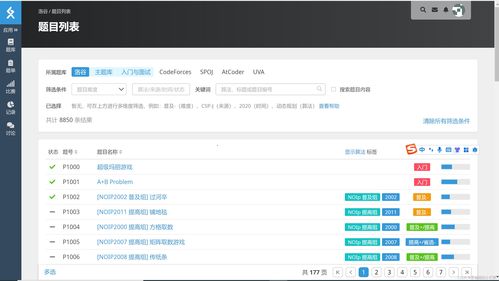
Write down each step in detail, including any screenshots or visuals that will help the viewer understand the process.
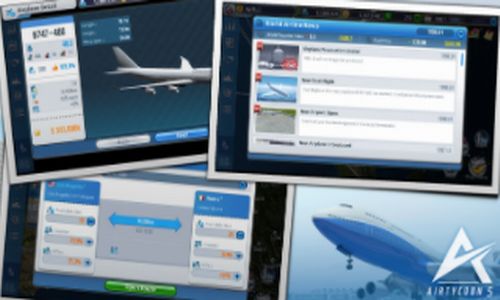
Add any useful tips or tricks that you've learned during your own experience with the flight simulator.
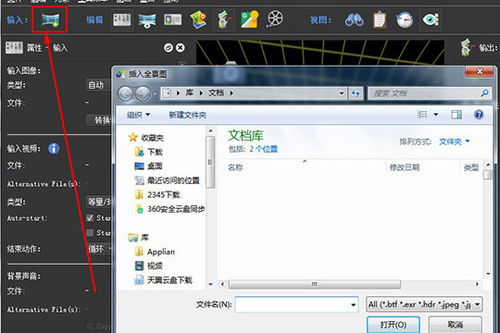
Now that you have your script and equipment ready, it's time to start filming. Here are some tips to keep in mind:
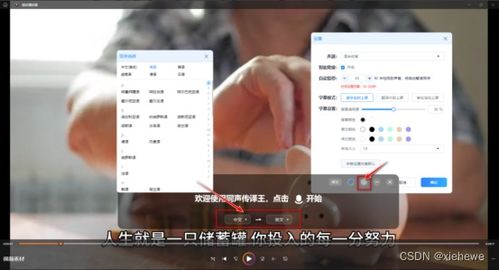
Ensure that your workspace is well-lit to avoid dark or grainy footage.
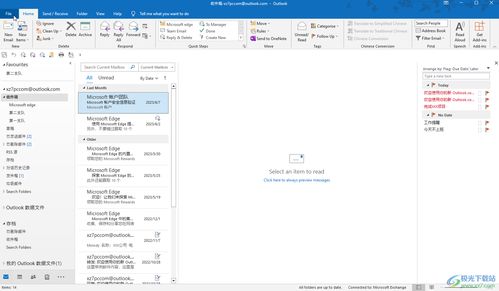
Speak clearly and ensure that your microphone is positioned correctly to capture your voice.
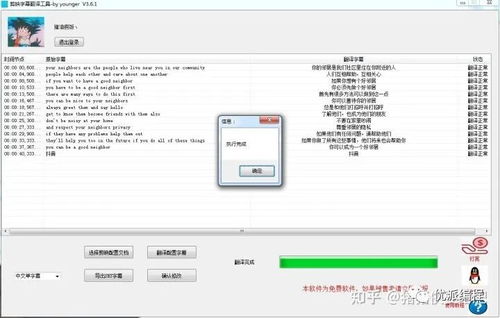
Practice reading your script out loud to ensure that your delivery is smooth and engaging.
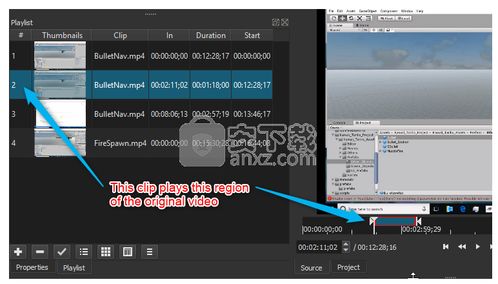
Once you've filmed your tutorial, it's time to edit it. Here's a basic editing process to follow:
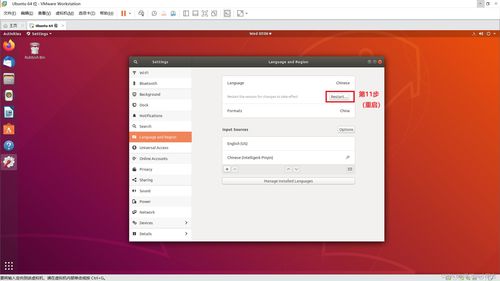
Import your video footage into your editing software.
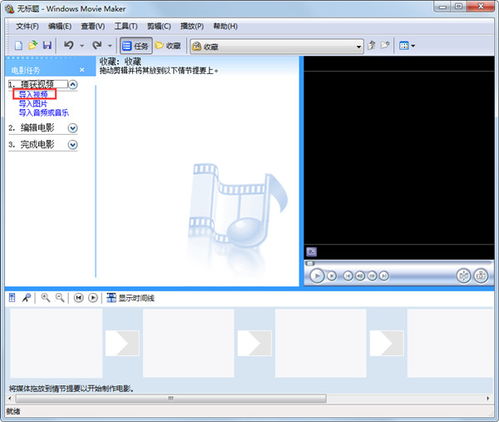
Organize your clips in the timeline according to your script.
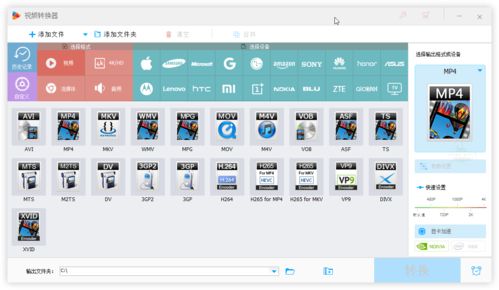
Enhance your video with transitions and effects to make it more visually appealing.
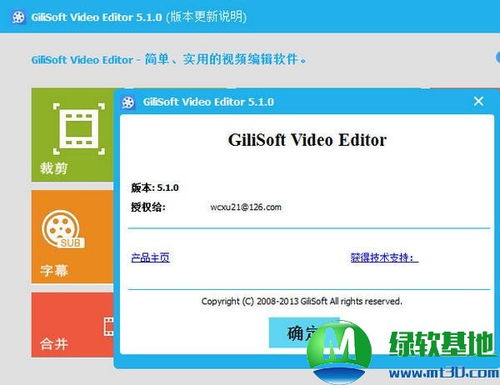
Include text and annotations to highlight important points and guide your viewers through the tutorial.
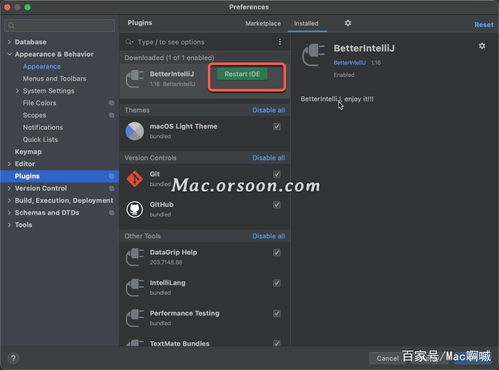
To ensure that your video tutorial reaches a wider audience, it's important to optimize it for search engines. Here are some SEO tips:
